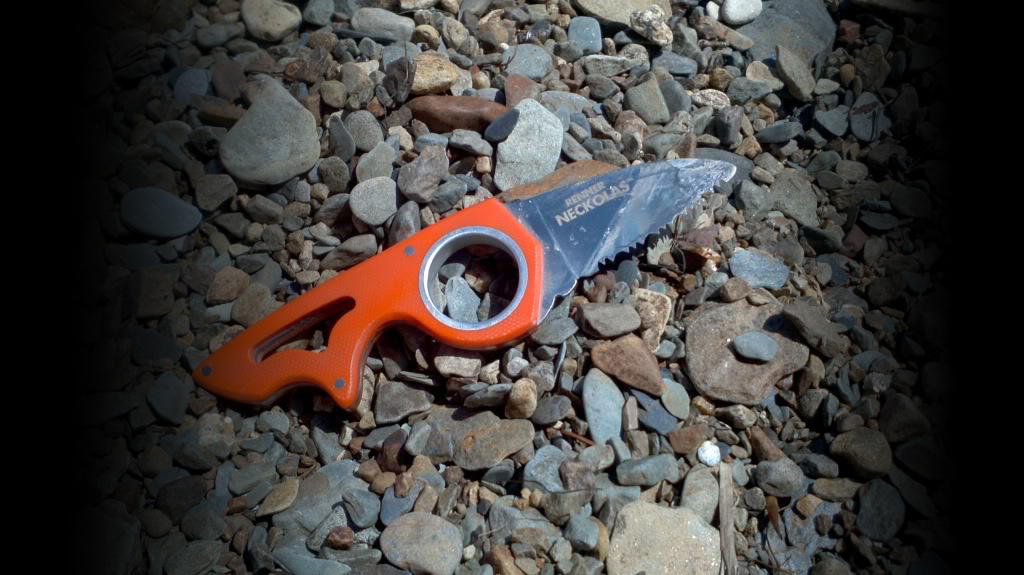It's awesome that a family's love for a product was so great that they sought to continue that legacy. The company has been around for 50 years, with plenty more to come. They're family owned and operated and produces many different sharpening products and accessories. Today we're going old school and reviewing the company's Ultimate sharpener.

The Ultimate is a model that's been around since the 1990s or so. It features a walnut base with two standard 1/2-inch rods that are a super-fine ceramic and two 3/8-inch rods that are made of aluminum oxide. For protection of the system when not in use, I've used the protective pouch. The pouch is not included with the Ultimate but can be purchased separately.


Using the system is straightforward and way less complicated than a lot of today's systems. Unlike many modern sharpeners, this system doesn't require an angle gauge, clamps, or switching stones. The wooden base features holes that are angled at specific degrees, and inserting the rods into the base is easy. There's enough of a tight fit that there's no play when they're inserted. Which is really nice because my Spyderco Sharpmaker's rods have some movement to them. The angle that the stones are set to is an angle that's widely used in the knife industry. There are varying degrees amongst all the manufacturers, heck even in the same knife model. A lot of knives are sharpened at a factory by hand, and because we're human, there's a degree of error.


There are two sets of rods, the smaller 3/8 inch ones are made of aluminum oxide (AO). AO is widely used in the sharpening industry because it does an excellent job regardless of steel type. The larger 1/2 inch rods are a fine ceramic. After setting your angle, the ceramic will refine the edge to razor sharpness. To use the Ultimate sharpener, use one hand to hold the base, and your dominant hand to hold the knife you're going to sharpen.

Sharpening is done by holding the knife at a 90-degree angle (vertically) and running the knife edge along the rod going from heel to tip. As the tip of your blade reaches the place where the rods intersect, make sure not to let the tip come off the rod. Doing so may cause the rod to round off the tip of your knife. You'll start with the smaller rods, alternating between the two going from heel to tip. Not a lot of pressure is needed to hone your edge, it's a feel thing you'll adjust to. You'll know by how the steel moves against the rods, and you'll see material from the steel being deposited on the rod. There's no predetermined number of times you'll need to do this. Be sure to check the edge of the knife to see if it's sharp. There are many methods used to check an edge, my grandfather would use his thumbnail and see if it would catch. You can certainly do this but be careful, after all it's a knife.

After you've used the AO rods to get your edge set, you'll use the ceramic rods to further refine your edge. Use the same motion as before with these rods. Go heel to tip, top to bottom. You'll notice that the ceramic rods don't feel like the previous rods. These don't bite into the steel and they kind of glide. I would do this for maybe 10 passes per side (20 total) to get that edge hair shaving sharp. This whole process maybe took 5 minutes and you've got a very sharp blade. This system could very well repair damaged edges due to the effectiveness of aluminum oxide. However, I feel that routine maintenance will be more beneficial and save you trouble down the road. Blades that are really dull can often provide problems that are time consuming to fix.

The Ultimate sharpener from Steamboat Super Sharpeners is a time-tested system. It's simplistic yet very effective, doing exactly what it's designed to do. In a world where things are overly complicated, it's nice to go back to basics. Steamboat makes products that will not only last a lifetime but make a great heirloom. If you're looking for something classic that can handle your modern and traditional folders, check out Steamboat for your sharpening needs.






